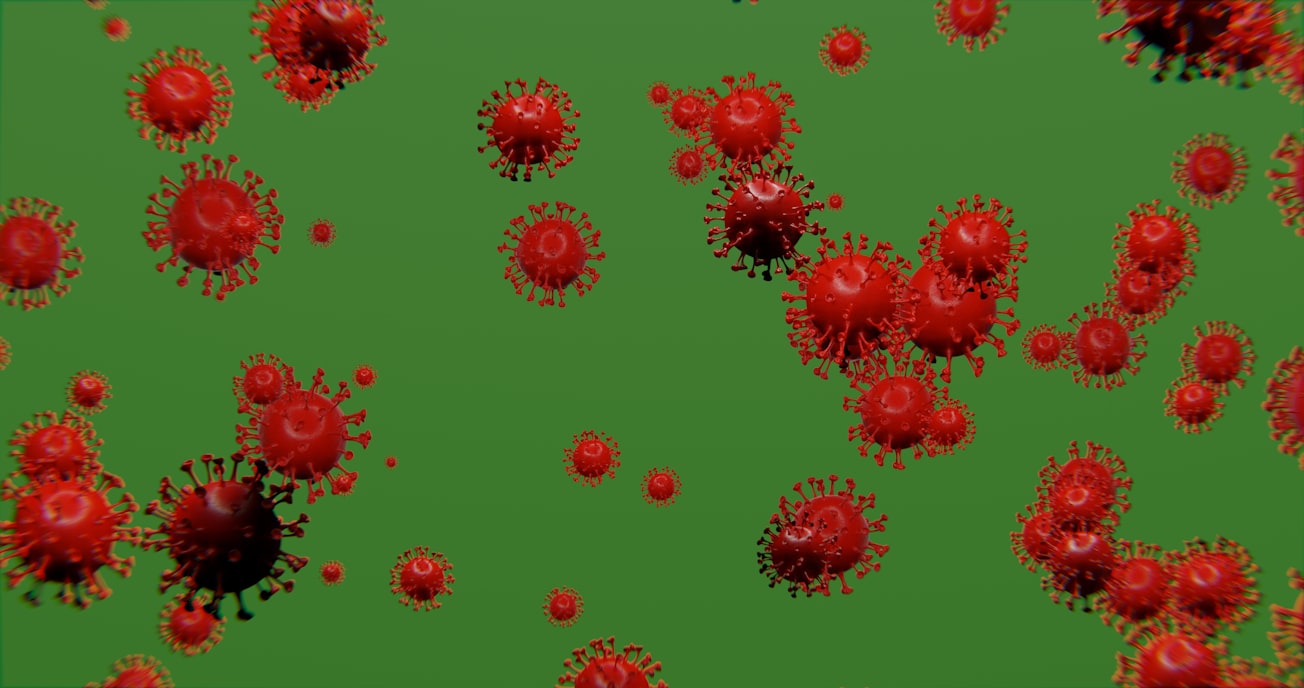What is it about?
It is likely SARS-CoV-2 emerged following a spillover event from a nonhuman animal, and several species (mink, cats, deer) have been shown to be susceptible to infection following exposure to infected humans. Our work evaluates the viral sequence of SARS-CoV-2 recovered from experimentally infected dogs, cats, hamsters and ferrets, and demonstrates that the genetic code of SARS-CoV-2 may change more rapidly after spillover into new species.
Featured Image

Photo by svetjekolem on Unsplash
Why is it important?
This work illustrates a potential pathway for emergence of new viral variants. When SARS-CoV-2 moves from humans to animals, this appears to accelerate evolution and mutations appear in the virus. It is feasible that just like the initial SARS-CoV-2 spillover event that started the pandemic, spillover from an animal infected with a mutated human virus could occur. This new variant could be more or less transmissible or virulent than the original human virus. Considering this possibility is especially important for animals that live in close proximity to humans, such as cats and dogs.
Perspectives
Genomic sequencing technology that has become commonplace during the COVID-19 pandemic will allow us to conduct much more informative studies of viral genomic evolution in many systems. It's very possible this will become the normal way to assess viral infections in the future.
sue vandewoude
Colorado State University
Read the Original
This page is a summary of: SARS-CoV-2 evolution in animals suggests mechanisms for rapid variant selection, Proceedings of the National Academy of Sciences, October 2021, Proceedings of the National Academy of Sciences,
DOI: 10.1073/pnas.2105253118.
You can read the full text:
Contributors
The following have contributed to this page







